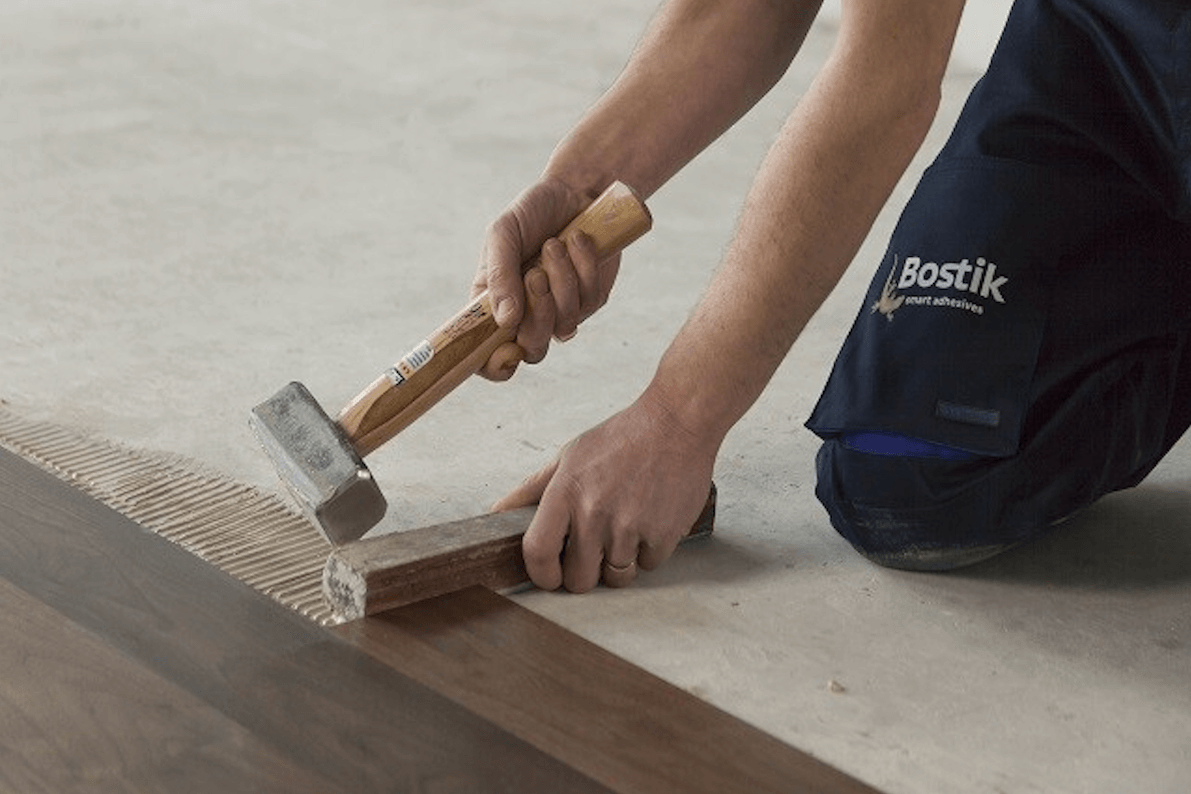What is a flooring system? Well, it is quite simply a selection of products, all produced by the same manufacturer, which are designed to work together to provide a solution to a particular application.
Flooring systems are designed for a specific requirement and they are tested extensively to ensure the system’s components are fully compatible with one another.
Quite often, the component products can be interchanged to compensate for any variations to the system requirements, but it is always critical to ensure the system comes from one dedicated manufacturer and that the technical services team are consulted whenever a change is encountered.
But why would you choose all the products from just one manufacturer? Why wouldn’t you get the different components for the system from many different manufacturers?
There are two main reasons people choose not to use a single manufacturer’s system: price and availability. Some products are cheaper and some products are more readily available. They ask, “Why should I wait or pay more?” However, if you plan correctly and order materials in good time then there is no need to wait. By paying a little more to ensure a compatible system, you are not only showing your customer good practise but you are reducing the risk of future failures; these can be drastically more expensive in the long term through the cost associated with putting them right and, subsequently, the potential loss of repeat business. Maybe you’re lucky, and the installation actually works. But is it worth the risk?
“By paying a little more to ensure a compatible system, you are not only showing your customer good practise but you are reducing the risk of future failures”
No manufacturer tests their systems with another manufacturer’s products, so whenever a seemingly random selection of products are used together the compatibility, optimal performance and long term integrity are completely unknown, and this can lead to failures. This is the point at which things really start to get complicated. I have personally visited countless projects over the years where a failure has been encountered with products from 2, 3, 4, or even as many as 5 different manufacturers. Ultimately, this gives every manufacturer a route out: how can we take ownership of a failure and offer the level of support needed when there are so many other parties involved? These installations, utilising many different product manufacturers, are completely untested.
Who will guarantee the performance of their product in a system that has been completely made up by someone else? No one! This can lead to the ‘blame game’. Nobody will hold their hand up and take responsibility – because nobody can, which slows down resolutions dramatically. The onus will then fall on the person or company whom chose the products. This can prove very costly for the responsible party and the end user will suffer whilst the remediation of the issue drags on.
The systems offered by a dedicated manufacturer are tried and tested not just once, but countless times. The manufacturer repeats this process over and over to fully ensure they can provide the best possible performance. Therefore, we as a technical support team can be confident that when the products are applied in the sequence we recommend, and in accordance with the application method we state, the system will work.
“The systems offered by a dedicated manufacturer are tried and tested not just once, but countless times”
There are many different flooring systems that you may need to consider, depending on a number of influencing factors. Sometimes these are based on the application environment and include:
Fast track – where the amount of time required to undertake an installation is limited. This could be in the healthcare or education sector where the time available for closing areas down needs to be minimised.
Deep application – where finished floor levels must be built up to provide a continuous and uniform level throughout the installation.
Renovation – where existing floors need to be renovated but may have previous coatings or non-structural cracks in the floor.
New build – where there are freshly laid substrates which may still have residual moisture content and the use of a moisture mitigation system is required.
But what other systems are there? Different systems are needed not just when an application environment requires a particular form of preparation, but also when considering the use of the environment, as well as the type of flooring to be installed.
What will it be used for, what will it be exposed to and what type of flooring is being installed? No matter what the answer is to these questions, systems exist to provide solutions to all possible requirements: shower rooms; commercial kitchens; stairs; offices; gyms; areas of high solar gain; areas with high footfall; areas used by rolling loads; metal and wood substrates; coved skirting; LVT; rubber flooring – the list really could go on and on.
In conclusion, it is simple: choose the right system for the job. Technical teams are there to support their customers and we can help select the best system for a particular project. We offer advice on what to use and how to use it, we visit the project and inspect the installation environment, we provide written recommendations and we offer alternatives should things change. We really are there to help as much as we can.
And to the people out there who want to rely on the cheapest products that arrive as quickly as possible – good luck!
Written by Steve Thornton

